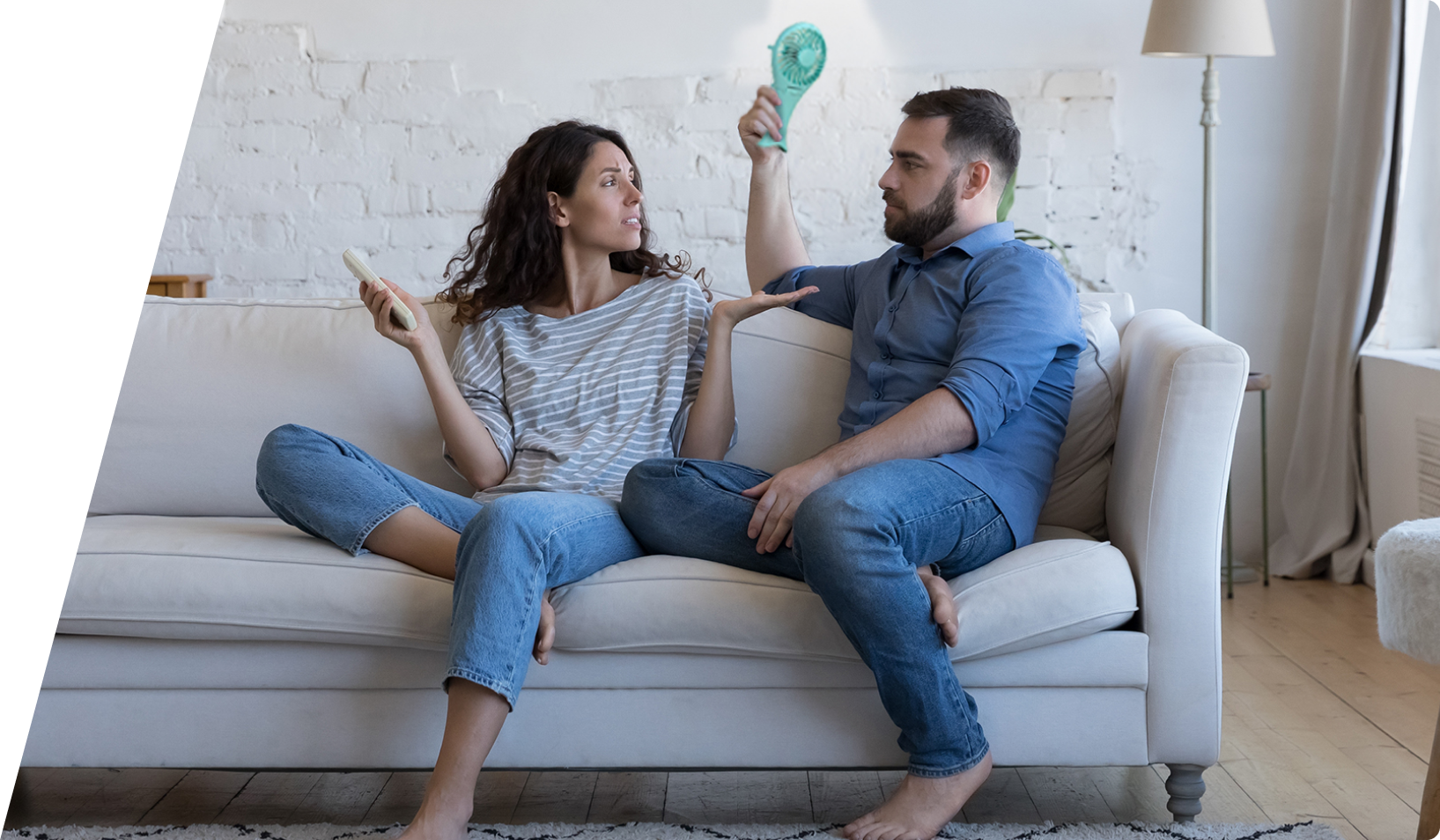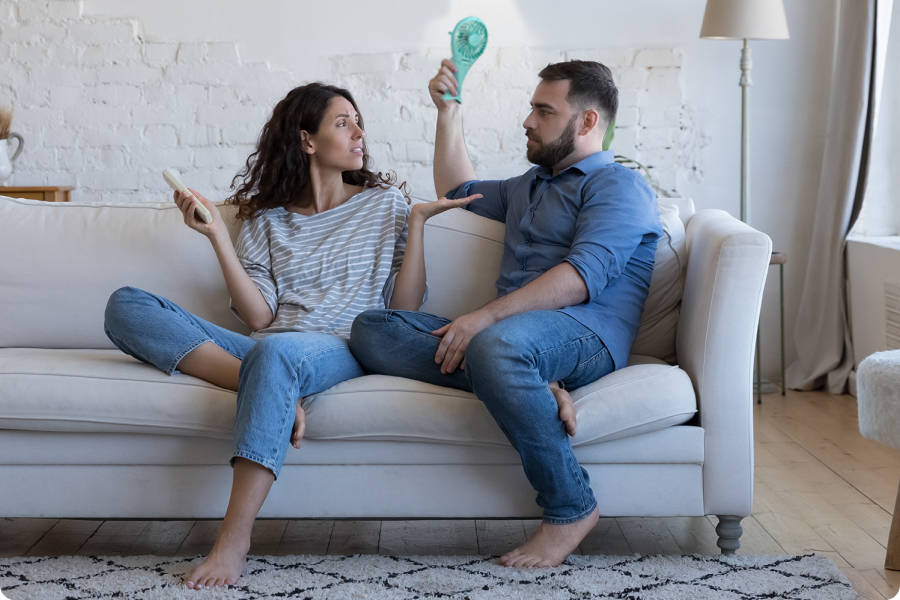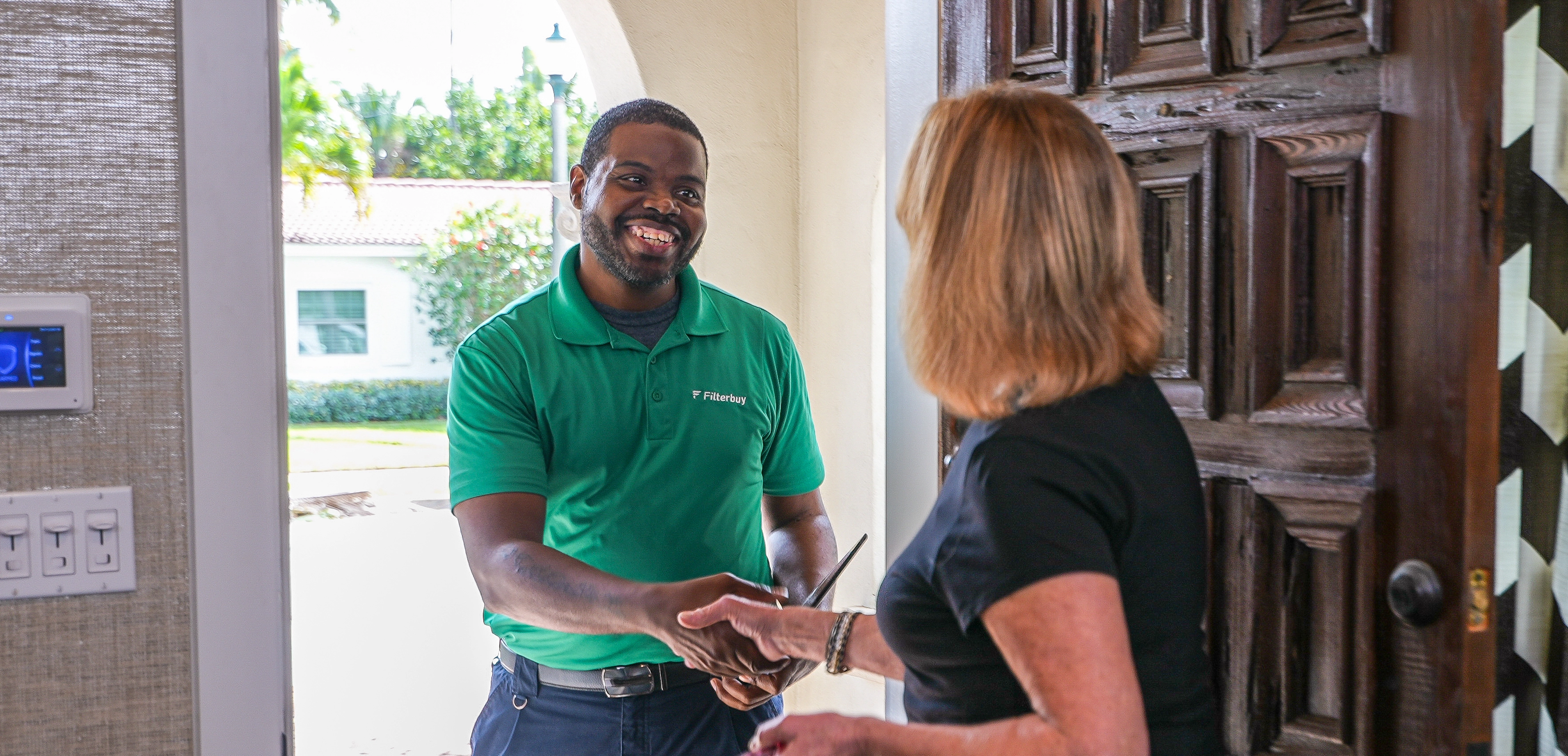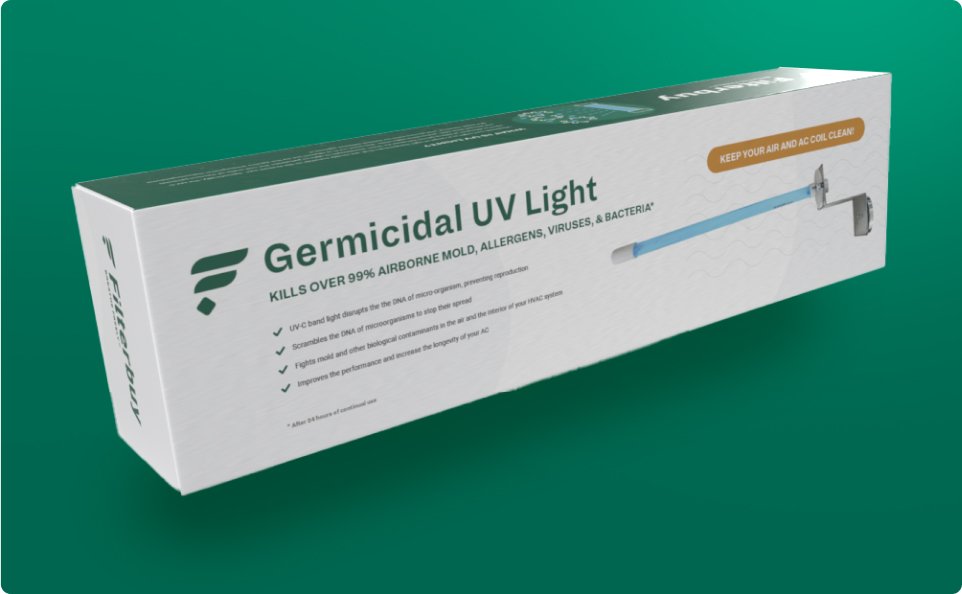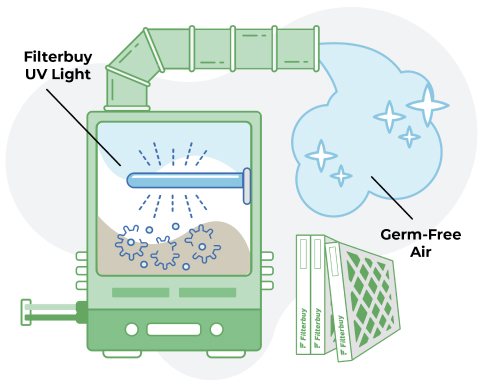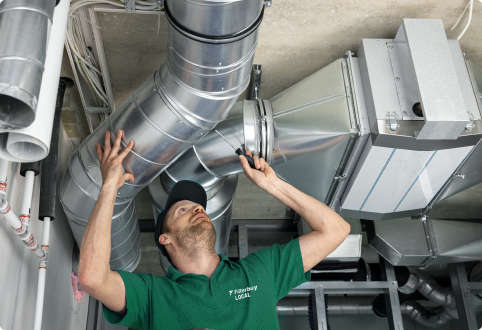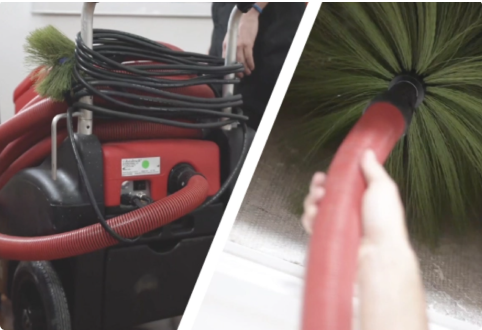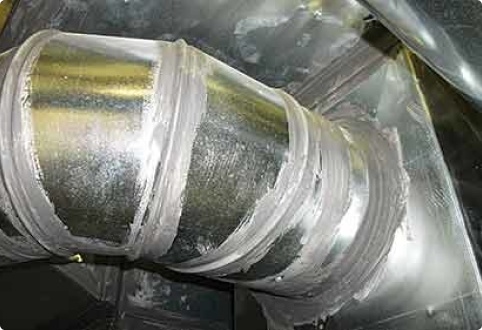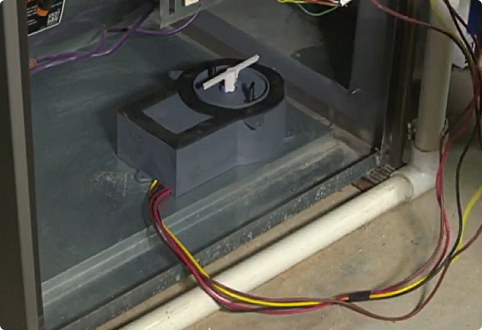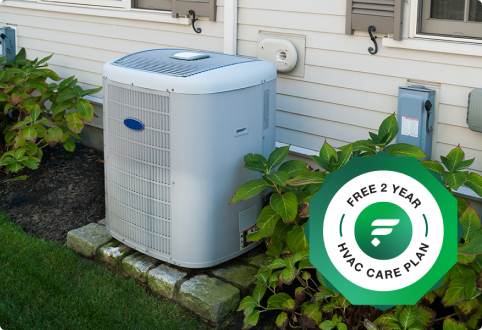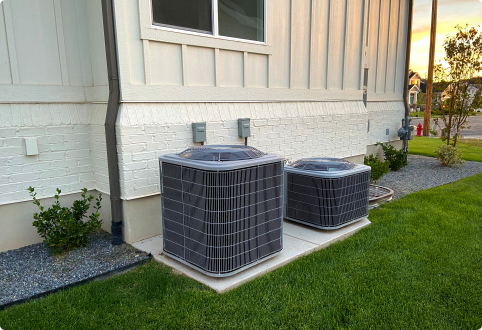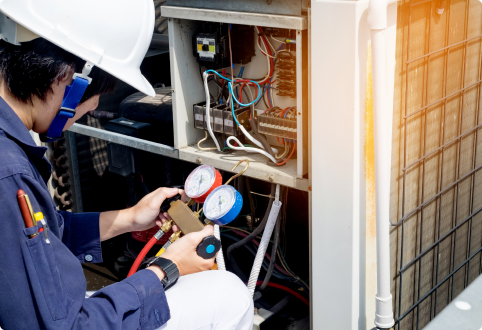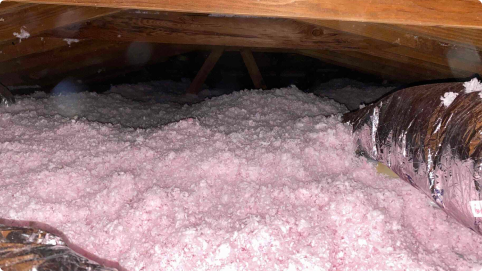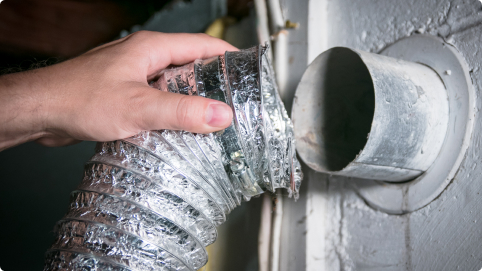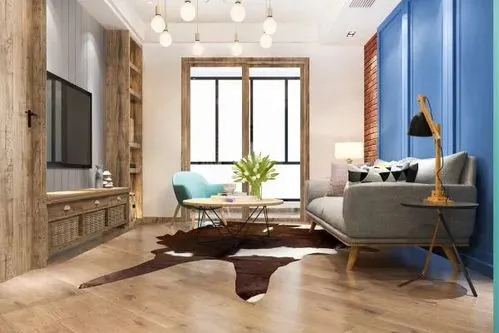Welcome to Filterbuy HVAC Solutions, the best HVAC UV light installation service company proudly serving in and near the greater Palmetto Bay, FL area. Please let us know how we can help solve your Palmetto Bay HVAC UV light installation needs with professional, affordable, and fast residential and commercial HVAC services by getting a free online quote or by giving our friendly HVAC specialists a call. We look forward to hearing from you!
HVAC UV Light Installation in Palmetto Bay FL
Your home in Palmetto Bay, FL needs a reliable HVAC system that offers clean and comfortable air throughout the day. This is also the same for your commercial building. One of the affordable options to optimize the air filtration capacity of your HVAC system is through HVAC UV light installation.
UV light technology, known for its ability to neutralize airborne pathogens and allergens, offers a significant improvement to the environmental health of residential and commercial spaces. However, the effectiveness of UV lights in the HVAC systems in your Palmetto Bay, FL home and office buildings is not just on the quality of the equipment but also on the precision of its installation.
You should consider a range of factors, including selecting the right model and ensuring compliance with area-specific regulations. The key here lies in the expertise of the professionals involved in the installation process.
Understanding HVAC UV Lights
HVAC UV lights are specialized devices installed within air conditioning systems to eliminate airborne pathogens and improve indoor air quality. These lights utilize ultraviolet (UV) radiation, a component of natural sunlight, in a controlled indoor environment to deactivate harmful microorganisms such as bacteria, viruses, mold, and fungi. The two primary UV light types used in HVAC systems are UV-C and UV-A. UV-C light is more commonly employed due to its strong germicidal capabilities, effectively disrupting the DNA and RNA of pathogens, which prevents them from replicating and causing disease.
The effectiveness of UV lights in HVAC systems depends on several factors. The intensity and wavelength of the UV light are critical, with most systems utilizing lamps that emit light at 254 nanometers, which is near the peak of UV-C's germicidal strength. Additionally, the exposure time is also vital; pathogens must be exposed to UV light for an adequate duration to be rendered harmless. The placement of UV lights within the HVAC system impacts their effectiveness as well; they are typically installed near the coils and drain pans, where microbial growth is most likely, or in the ductwork to treat air as it circulates.
Benefits of UV Light Installation
Installing UV lights in an HVAC system offers significant benefits, including enhanced air quality and a reduced risk of airborne diseases. These ultraviolet lights are designed to kill or deactivate various pathogens and microorganisms that can circulate through air ducts. By directly targeting the DNA of these microorganisms, UV lights prevent them from reproducing and spreading, thereby safeguarding the health of residents by minimizing the incidence of respiratory infections and other ailments linked to poor indoor air quality.
Additionally, UV lights contribute to allergen reduction within the home. They effectively reduce mold spores and other allergens that can trigger asthma attacks and allergic reactions. This feature is particularly beneficial in regions like Palmetto Bay FL, where humidity can foster the growth of mold and mildew.
Another significant advantage is energy savings. By keeping the HVAC system clean from microbial growth, UV lights help maintain efficient airflow and reduce the strain on the system. This improved efficiency not only extends the lifespan of the HVAC equipment but also translates into lower energy bills.
The energy savings, combined with improved health benefits, make UV light installation a wise choice for both economic and health reasons in Palmetto Bay FL.
Installation Process Overview
Understanding the installation process of UV lights in an HVAC system is key to maximizing the aforementioned benefits. The process begins with careful planning and preparation, ensuring that all necessary tools and components are available. Tool selection is critical; typically, you will need screwdrivers, a drill, perhaps a saw for adjustments to ductwork, and protective gear such as gloves and safety glasses.
Safety precautions are paramount. Before starting, ensure the HVAC system is powered off to avoid any electrical hazards. It's advisable to also consult the HVAC unit's manual for specific safety warnings and recommended installation procedures.
The installation process involves several steps. First, identify the most suitable location for the UV light. This is usually in the return air duct or near the coils, where it can be most effective in treating the air as it passes through the system. After the location is determined, securely mount the UV light unit using the appropriate screws and brackets. Ensure that it is firmly in place to avoid any movement that could lead to damage or inefficiency.
Next, connect the UV light to the power supply, adhering to all electrical standards to ensure safety. Once everything is installed, conduct a final inspection to confirm that the unit is operational and securely in place. Finally, restore power to the system and test the UV light to ensure functionality.
Choosing the Right UV Light
Selecting the appropriate UV light for your HVAC system is crucial for ensuring maximum efficiency and effectiveness in air purification. When choosing a UV light, it's essential to consider factors such as light efficiency and bulb longevity, which impact not only the performance but also the cost-effectiveness of the system over time.
Light efficiency refers to the ability of UV light to convert electrical energy into ultraviolet light effectively. High light efficiency ensures that the maximum amount of UV light is being used to clean the air, which is vital for reducing airborne pathogens and improving indoor air quality.
Different models and brands of UV lights may offer varying levels of efficiency, so it's important to compare these before making a purchase.
Bulb longevity is another critical factor. A longer-lasting UV bulb means fewer replacements, which can significantly reduce maintenance costs and ensure continuous air purification without interruptions. Look for UV light options that offer extended bulb life, ideally several years, to maximize the return on investment.
Finding Qualified Professionals
After identifying the right UV light for your HVAC system, the next step is to engage qualified professionals for installation in Palmetto Bay, FL. The importance of certification cannot be overstressed when selecting a service provider. Certified HVAC technicians have undergone rigorous training and examinations that ensure they are equipped with the latest skills and knowledge about UV lighting systems and their integration into existing HVAC frameworks.
It's also crucial to consider local regulations that govern HVAC installations and modifications. Palmetto Bay has specific codes that must be adhered to to ensure safety and efficiency. Professionals familiar with these regulations will guarantee that your UV light installation meets all local compliance requirements, thus avoiding any legal or operational issues down the line.
When searching for a qualified installer, check their credentials and ask for proof of certification. Additionally, inquire about their experience with UV light systems specifically. It's advisable to look at reviews or ask for references to assess their reputation and the quality of their work. Ensuring that your chosen professional understands both the technical aspects of UV light systems and the local guidelines will provide you with peace of mind and a successfully enhanced HVAC system.
Frequently Asked Questions
How Much Does It Cost to Install UV Light in HVAC?
Installing UV lights in an HVAC system typically costs between $500 to $1500, depending on factors such as the size of the HVAC unit, the type of UV light system chosen, and the complexity of the installation. UV lights are considered beneficial for improving indoor air quality by eliminating mold, bacteria, and viruses that may be present in the HVAC system. They can also help reduce musty odors and maintain a cleaner system overall.
Is It Worth Installing UV Light in the HVAC?
UV light installation in HVAC systems is generally considered worth it for those looking to improve indoor air quality, especially for individuals with respiratory issues or allergies. By effectively reducing the presence of harmful microorganisms in the HVAC system, UV lights can contribute to a healthier indoor environment. However, it is important to ensure proper installation and maintenance for optimal results.
Can I Install a UV Light in My HVAC System?
You can install a UV light in your HVAC system, but it is recommended to have a professional HVAC technician install it to ensure that the UV light is placed correctly and that it is compatible with your specific HVAC setup. Improper installation can lead to reduced effectiveness and potential damage to the HVAC system.
What Is the Disadvantage of UV Light in HVAC?
One disadvantage of UV lights in HVAC systems is that they may not be 100% effective in eliminating all microorganisms, as some particles may pass through the system too quickly to be affected. Additionally, UV lights require regular maintenance, such as bulb replacements, to ensure continued effectiveness. Moreover, UV light systems can be costly to install and maintain compared to other HVAC enhancements.
Do HVAC UV Lights Use a Lot of Electricity?
HVAC UV lights are designed to be energy-efficient, and they typically consume minimal electricity. The energy consumption of UV lights is relatively low compared to the overall energy usage of an HVAC system, making them a cost-effective addition to improving indoor air quality.
Does UV Light Damage AC Coils?
UV light can potentially damage AC coils if the light is not installed correctly or if the UV intensity is too high. It is essential to follow manufacturer guidelines and have the UV light installed by a professional to prevent any damage to the AC coils. Proper installation and maintenance can help mitigate the risk of coil damage.
What Is the Life Expectancy of a UV Light for HVAC?
The life expectancy of a UV light for HVAC systems can vary depending on the quality of the UV light system, the brand, and how well it is maintained. On average, UV lights for HVAC systems can last between 9000 to 15000 hours. Regular maintenance, such as bulb replacements and cleaning, can help extend the life of the UV light system.
How Long Do HVAC UV Lights Last?
HVAC UV lights typically last between 9000 to 15000 hours, depending on various factors such as usage, maintenance, and the quality of the UV light system. Regularly checking and replacing UV bulbs as needed can help ensure that the UV light system remains effective in reducing harmful microorganisms in the HVAC system.
What Are the Cons of UV Lamps?
Some cons of UV lamps include the initial cost of installation, the need for periodic maintenance, and the fact that UV light may not eliminate all microorganisms in the HVAC system. Additionally, UV light can degrade certain materials over time if they are not UV-resistant, potentially leading to damage within the HVAC system.
Where Is the Best Place to Install a UV Light in HVAC?
The best place to install a UV light in an HVAC system is near the coil or in the return air duct. Placing the UV light near the coil can help prevent mold and bacteria growth on the coil, which can improve the overall efficiency of the HVAC system. Installing the UV light in the return air duct can help ensure that the air passing through the system is treated effectively.
Can UV Light Damage the Air Handler?
UV light can potentially damage the air handler if not installed correctly or if the UV intensity is too high. It is crucial to have the UV light installed by a professional HVAC technician to prevent any damage to the air handler. Proper installation and maintenance are key to ensuring that the UV light system functions effectively without causing harm to the air handler.
Do HVAC UV Lights Get Hot?
HVAC UV lights are designed to produce minimal heat, and they are generally safe to use in HVAC systems. The heat generated by UV lights is typically low and should not pose a risk to the HVAC system. However, it is essential to ensure proper installation and maintenance to prevent any issues related to heat buildup.
Here is the nearest branch location serving the Palmetto Bay area…
Filterbuy HVAC Solutions - Miami FL
1300 S Miami Ave Unit 4806, Miami, FL 33130
(305) 306-5027
https://maps.app.goo.gl/1Y7FZGsYN4mzK5kZ8

.webp)
.webp)
.webp)
.webp)




